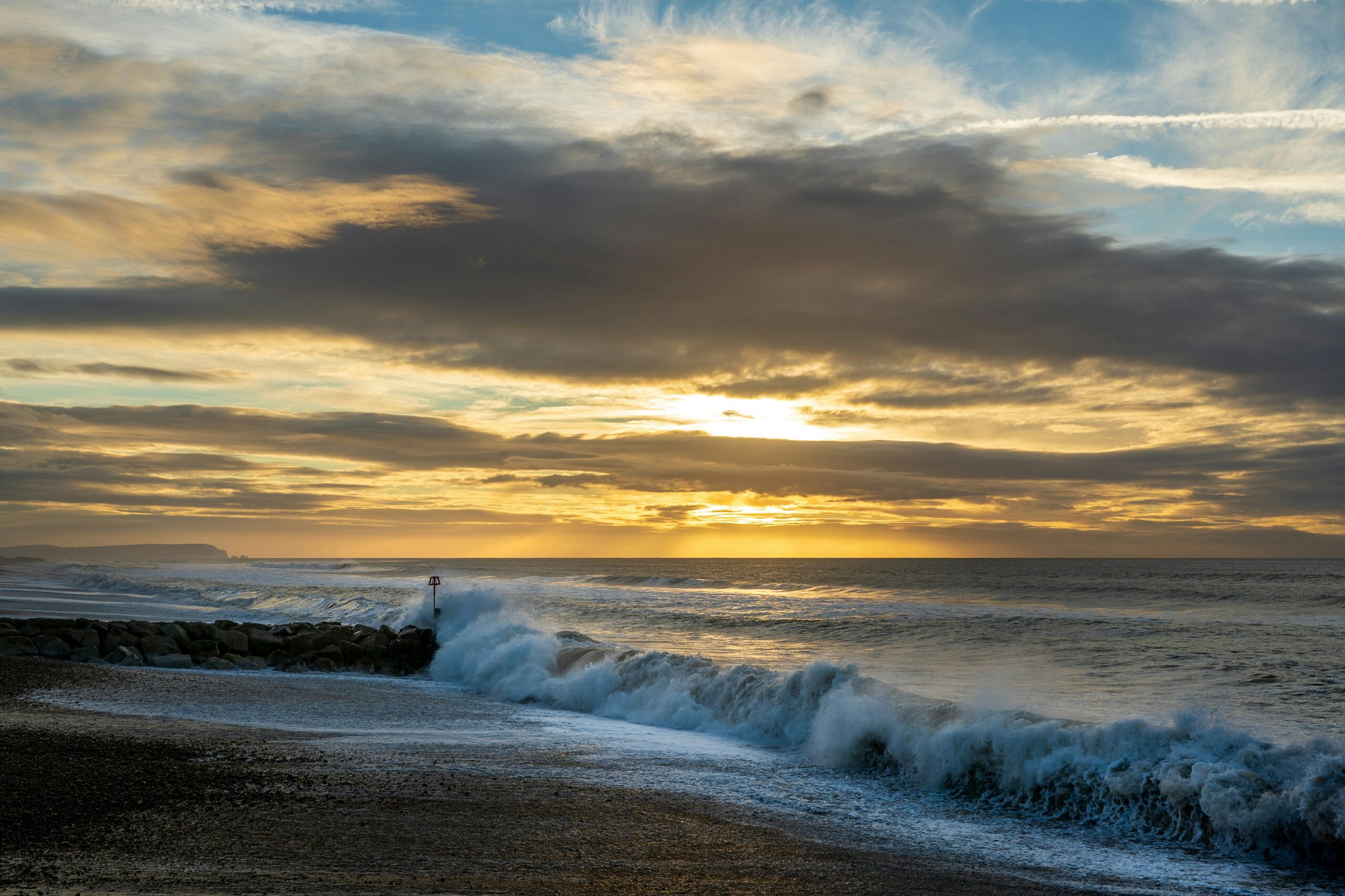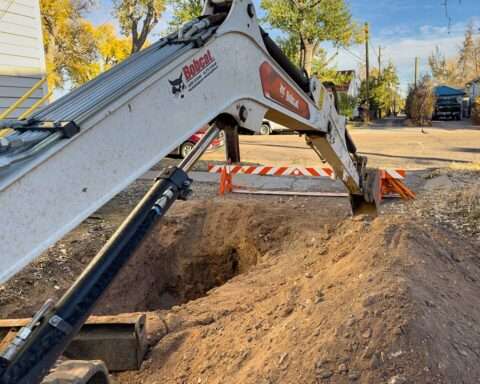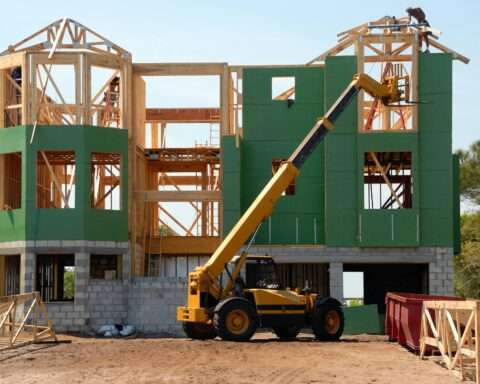The U.S. Department of Energy (DOE) has announced its largest-ever investment in marine energy, a funding package of up to $112.5 million over the next five years to fast-track the development, construction and testing of various wave energy converters (WECs). These converters generate power from ocean waves, offering a local, affordable and clean power source for electric grids, coastal and island areas and offshore operations.
Wave energy is plentiful and works well alongside other renewable energy sources, such as wind and solar power. Harnessing just a small part of this energy could greatly help meet U.S. energy demands, including grid electricity, offshore operations and rural or remote communities, which often depend on costly fossil-fuel deliveries.
“Marine energy has great potential in the United States: The total available wave energy resource in the U.S. is equivalent to approximately 34% of all domestic power generation,” Energy Secretary Jennifer M. Granholm said. “The Department of Energy’s investment in wave energy will provide consistent, long-term funding to American developers so they can advance their technologies with the goal of providing millions of Americans with locally sourced, clean and reliable energy.”
The DOE’s Water Power Technologies Office (WPTO) is funding ways to advance the development and testing of WECs to supply power for:
- Offshore uses, including ocean monitoring, aquaculture and removal of marine carbon dioxide.
- Coastal community needs, such as electricity and drinking water.
- Utility-scale electricity demand, with some WECs potentially being tested at PacWave South, the first approved grid-connected wave energy testing site in the continental U.S., anticipated to begin operation in 2025.
The WPTO’s Marine Energy Program focuses on transformative research and development, supporting projects to create reliable and cost-effective marine energy technologies while addressing challenges like high costs and lengthy permitting processes for in-water testing. The program focuses on four key areas:
- Foundational research and development (R&D): Promote early-stage R&D in components, controls, manufacturing and materials, as well as creating and validating numerical modeling tools. Enhance resource assessments and determinations, and establish and utilize quantitative metrics for identifying and evaluating the potential of devices.
- Technology-specific system design and validation activity: Validate performance and reliability of systems through prototype testing, including in-water evaluations. Improve cost-effective methods for installation, operations and maintenance (IO&M), and support the development and adoption of international standards for device performance and insurance certification. Assess current and future needs for marine energy-specific IO&M infrastructure.
- Reducing barriers to testing: Provide access to top-tier testing facilities and ensure that existing data is available for regulators. Research will concentrate on mitigating environmental risks while also reducing the cost and complexity of permitting and environmental monitoring. Ensure that marine energy interests are adequately addressed in coastal planning processes.
- Marine energy data access and analytics: Conduct original research to evaluate and share potential market opportunities, including those applicable to other maritime sectors, by aggregating and analyzing data on marine and hydrokinetic performance and technological advancements. Leverage expertise, technology, data, methods and insights gained from the global marine and hydrokinetic community.
This new round of funding will identify and advance promising WEC technologies, lower financial risks for developers while attracting investors, support the development of smaller-scale technologies as they progress toward utility-scale applications and improve knowledge about installation, operations and maintenance.
The complete funding opportunity can be found in the Office of Energy Efficiency and Renewable Energy’s Program Information Center. WPTO will hold an informational webinar at 11 a.m. ET Oct. 9 to discuss the funding details and key focus areas. Concept papers must be submitted by 5 p.m. ET Oct. 25, with full applications due by 5 p.m. ET Jan. 30.
Photo by Nick Fewings on Unsplash













